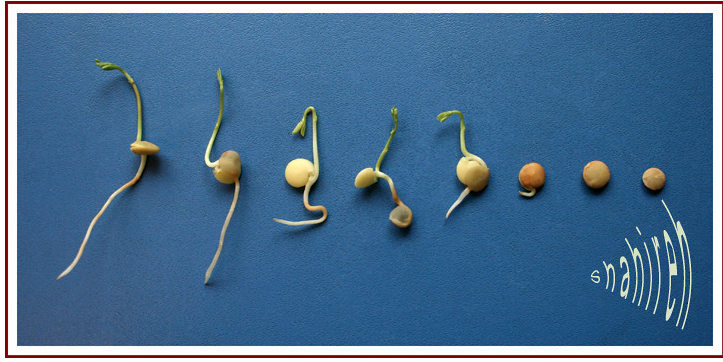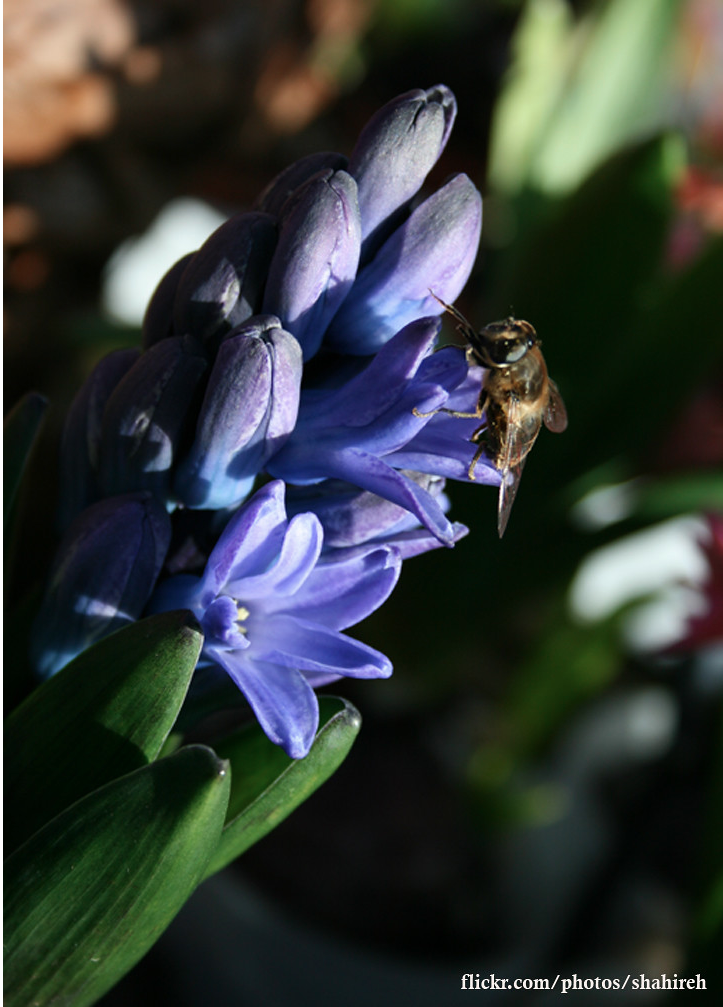Nowruz Festival 2020
(Images above and below by Mahboobeh Rajabi)
What is Nowruz and why do we celebrate it?
The word Nowruz (Novruz, Navruz, Nooruz, Nevruz, Nauryz), means new day; its spelling and pronunciation may vary by country.
Nowruz marks the first day of spring and is celebrated on the day of the astronomical vernal equinox, which usually occurs on 21 March. It is celebrated as the beginning of the new year by more than 300 million people all around the world and has been celebrated for over 3,000 years in the Balkans, the Black Sea Basin, the Caucasus, Central Asia, the Middle East and other regions.
Nowruz’s origin story is rooted in Zoroastrianism, an ancient Persian religion that predates both Christianity and Islam. (Since Zoroastrianism dates back thousands of years, it’s hardly confined to within the borders of Iran or the many versions of the Persian Empire there have been — which is why Nowruz is also celebrated by millions of non-Iranians around the world.)
Inscribed in 2009 on the Representative List of the Intangible Cultural Heritage of Humanity as a cultural tradition observed by numerous peoples, Nowruz is an ancestral festivity marking the first day of spring and the renewal of nature. It promotes values of peace and solidarity between generations and within families as well as reconciliation and neighbourliness, thus contributing to cultural diversity and friendship among peoples and different communities.
Nowruz plays a significant role in strengthening the ties among peoples based on mutual respect and the ideals of peace and good neighbourliness. Its traditions and rituals reflect the cultural and ancient customs of the civilizations of the East and West, which influenced those civilizations through the interchange of human values.
https://www.un.org/en/observances/international-nowruz-day
Celebrating Nowruz means the affirmation of life in harmony with nature, awareness of the inseparable link between constructive labour and natural cycles of renewal and a solicitous and respectful attitude towards natural sources of life.
How do you prepare for Nowruz?
People start getting ready for Nowruz about three weeks before the actual vernal equinox. Pretty much everyone goes into serious spring-cleaning mode, ridding their homes of any unnecessary clutter and lingering grime that’s settled in over the past year so they can start fresh. At this time of year in Iran, you’re likely to see countless Persian rugs hanging outside, where their owners can beat the dust out of them.
Key elements of Nowruz
For two weeks various customs take place including a special meal, family visits, public rituals and street performances to encourage peaceful communities, transmitted by participation.
In these same weeks leading up to the actual day, families also set aside a space for a “haft-seen,” or a collection of items that symbolise a different hope for the new year. While some families add their own variations to the haft-seen (more on those in a bit), there are seven things that are always included:
Sabzeh: Some kind of sprout or grass that will continue to grow in the weeks leading up to the holiday, for rebirth and renewal
Senjed: Dried fruit, ideally a sweet fruit from a lotus tree, for love
Sib: Apples, for beauty and health
Seer: Garlic, for medicine and taking care of oneself
Samanu: A sweet pudding, for wealth and fertility
Serkeh: Vinegar, for the patience and wisdom that comes with ageing
Sumac: A Persian spice made from crushed sour red berries, for the sunrise of a new day
While these seven S items are the foundation of a haft-seen (which literally means “seven S’s”), the tradition has evolved to the point where there are several other things you can include. For example, haft-seens sometimes include a mirror symbolising reflection, coloured eggs for fertility, coins for prosperity, and, maybe a live goldfish for new life.
Once the seven cornerstones set, the haft-seen easy to customize. Muslim families will sometimes include a Quran. Sometimes a place of honor will go to a volume of poetry by Hafez, one of Iran’s most beloved poets.
Food
You’ll likely be served some combination of grilled or braised meats and rich stews, flavored by deeply aromatic spices (though not many of them pack much heat) and accompanied by piles upon piles of steamed rice. On the actual day of Nowruz, though, you can expect to see a couple of dishes that are specific to the holiday, often centering on greens and herbs to represent its themes of freshness and renewal.
The centerpiece of most Nowruz meals will be sabzi polow ba mahi, an herbed rice served with some kind of whitefish. Then you might have a kuku sabzi, which bakes eggs with herbs like dill, cilantro, parsley, fenugreek, tarragon, and more.
Traditional khoncha prepared for Novruz holiday in Azerbaijan
© M. Rahimov/Ministry of Culture and Tourism of Azerbaijan, 2009
“Each year this time, we would celebrate the arrival of Spring and the Persian New Year. Although the current situation with Coronavirus makes it difficult to think about celebrations, I am going to wish all of us a happy Spring and a healthier time in the New Year.”
- Shahireh Sharif
Cultural Traditions
Nowruz is also the occasion for traditional cultural activities, combining common practices with local customs. Poetry is a popular feature of Nowruz celebrations, with 'Nowruzi poems' being written, published and recited around the time of the festival. Music is also very important, and many of the countries that celebrate Nowruz have their own traditional folk songs specifically for the festival. One example is the well-known Afghan song “Molla Mammad Jaan”, which is said to have originated in the city of Mazar-i Sharif but is also sung in Iran and Tajikistan. In Uzbekistan, Nowruz songs are performed by traditional singers and story tellers, such as the baxshi, shoirs and dostonchi. Similarly, in Kyrgyzstan, competitions take place between Akayns, epic story tellers or bards who improvise tales about Nowruz. A wide variety of traditional dances performed during the celebrations.
Open air festivities such as the game of Kopkari, wrestling and horse racing often take place to celebrate Nowruz in Uzbekistan, and similarly, in Kyrgyzstan, traditional horsemanship is displayed as part of the festivities, with communities coming together to enjoy horse racing, Kyz Kuumay (a race in which men chase after women on horseback), Enish (wrestling on horseback), and Jamby Atuu (shooting from horseback). Other Nowruz traditions include local street performances, tightrope walking, called Band Bāzī, in Iran, and the sport of Buz Kashī, in which horse-riders compete for an object representing the head of a calf, in Afghanistan.
The last Tuesday before Norwuz is known as shab-e chahar shanbeh suri, or “Eve of Red Wednesday.” The day involves building public bonfires, jumping over them, and repeating a single phrase: “Zardi-ye man az toh, sorkhi-ye toh az man!” This roughly translates to, “Give me your beautiful red colour, and take back my sickly pallor!” The idea, in keeping with Nowruz’s overarching theme of renewal, is to cleanse away the past year so you can start the new one refreshed and renewed.
These annual traditions to welcome the spring have been passed on from generation to generation throughout the last millennium, Nowruz provides an opportunity not only to enjoy ancient cultural customs and traditional songs, music, dancing, rituals, foods and story-telling, but also to promote peace and solidarity within towns and communities and to strengthen deep-rooted bonds of friendship and exchange.
https://en.unesco.org/silkroad/content/nowruz-celebrating-new-year-silk-roads
https://en.unesco.org/courier/2019-1/nowruz-seeds-new-day
Charshanbe Suri in New York City, March 2016.



Sizdah Bedar, also known as Nature's Day, is an Iranian festival held annually on the thirteenth day of Farvardin, during which people spend time picnicking outdoors. It marks the end of the Nowruz holidays.
“We are one, irrespective of the skin colour, country of origin, ideology and language that we identify with. The double-edged sword of damaging nature and each other is hurting ourselves, too. Maybe we needed a reminder to re-think our actions, our priorities and the importance of spending time with our loved ones and enjoying small pleasures in life. ”
Thank you for visiting us at our digital space! Take care and happy Nowruz from CIWA. Xx
Please follow us on:
Twitter: @CIWArtists
Intagram: @ciwartists
Facebook: CentreIWA
Eventbrite: https://www.eventbrite.com/o/centre-for-international-women-artists-ciwa-23236424300
Content curated by Digital Women's Archive North [DWAN] & artists from CIWA.




